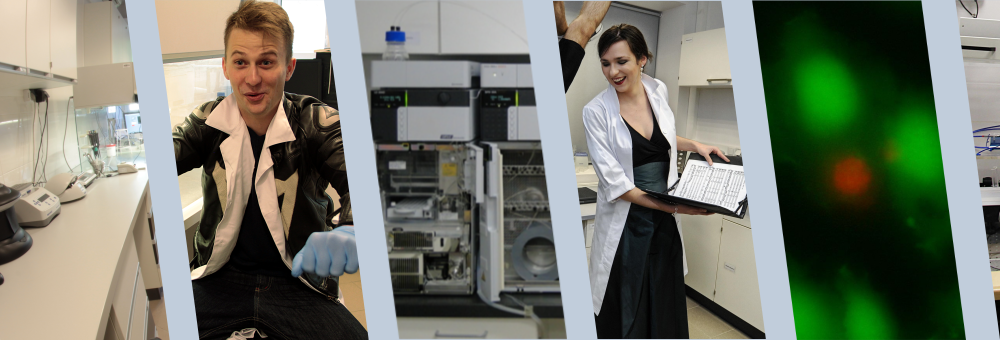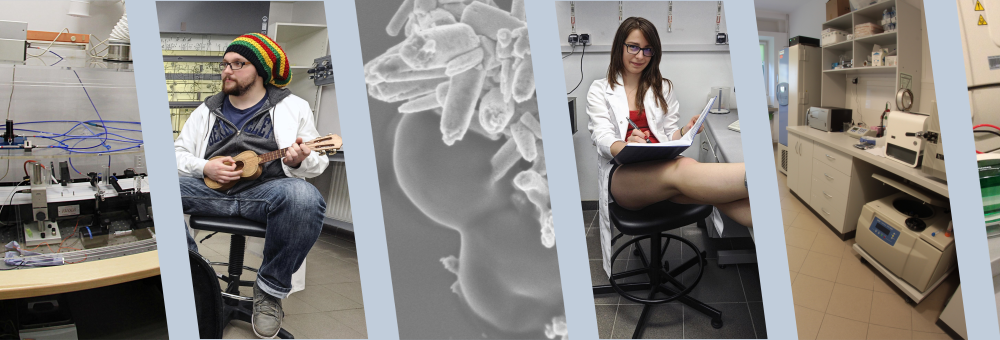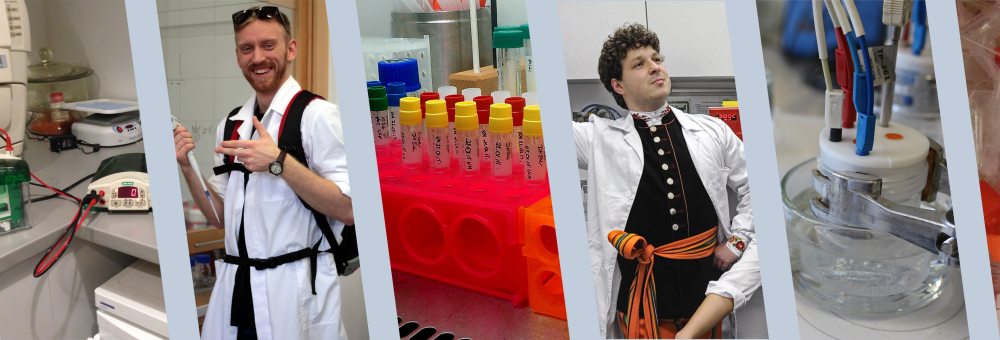Publication
DISLOCATIONS IN UNIAXIAL LAMELLAR PHASES OF LIQUID-CRYSTALS, POLYMERS AND AMPHIPHILIC SYSTEMS
Author(s): HOLYST, R and OSWALD, P
Title: DISLOCATIONS IN UNIAXIAL LAMELLAR PHASES OF LIQUID-CRYSTALS, POLYMERS AND AMPHIPHILIC SYSTEMS
Abstract: Dislocations in soft; condensed matter systems such as lamellar systems polymers, liquid crystals and ternary mixtures of oil, water and (amphiphilic systems) are described in the framework of elastic theory. These systems are the subject of studies of chemistry and biology. They also find applications in industry. we will discuss in detail the influence of dislocations on the bulk surface properties of these lamellar phases. Especially the latter have only been recently studied in detail. We will present experimental evidence of the existence of screw and edge in the systems and study their static properties such as: line tension and core structure. Next we will show how the influences the equilibrium position of dislocations in the We will give the theoretical predictions and present the results on thin copolymer films, free standing films of crystals and smectic droplets shapes. In semi-infinite lamellar characterized by small surface tension the dislocation is at a finite distance, h(eg), from the surface, due to the bending elastic constant, K-s (for zero surface tension h(eg) to K-s/2K, where K is the bulk bending elastic constant). large surface tension the edge dislocations are strongly repelled by surface and the equilibrium location for finite symmetric systems as free standing liquid crystal films shifts towards the center of system. The surface is deformed by dislocations. These deformations known as edge profiles. They will be discussed for finite systems small and large surface tension. Surface deformations induce interactions between edge dislocations, which decay with distance with decay length proportional to root D, D is the size of the system normal to lamellas. Two screw in finite system interact with the logarithmic potential, is proportional to the surface tension and inversly proportional D. The surface induced elastic interactions will be compared to, bulk deformation induced interactions. A new phenonenon in our paper is the fluctuations induced interactions between dislocations, which follows from the Helfrich mechanism for objects. At suitable conditions, edge dislocations can undergo unbinding transition. Also a single dislocation loop can undergo an transition. We will calculate the properties of the loop finite system and discuss in particular the unbinding transition freely suspended smectic films. We shall also compute the equilibrium of the loop contained between two hard walls. Finally we will the dynamical bulk properties of dislocations such as: mobility and glide), permeation, and helical instability of screw dislocations. Lubrication theory will also be discussed.
Pages: 1515-1573
Journal: INTERNATIONAL JOURNAL OF MODERN PHYSICS B
Volume: 9
ID: ISI:A1995RN68100001
Year: 1995
DOI: 10.1142/S0217979295000665









